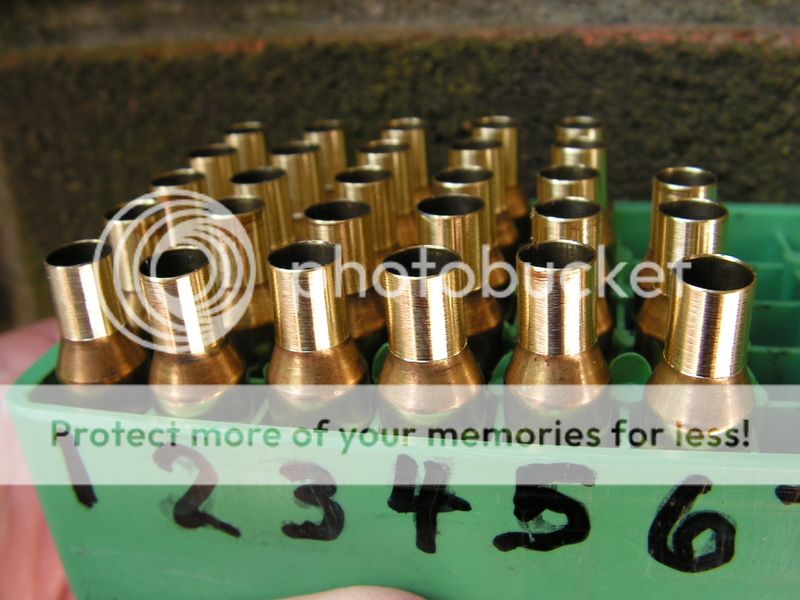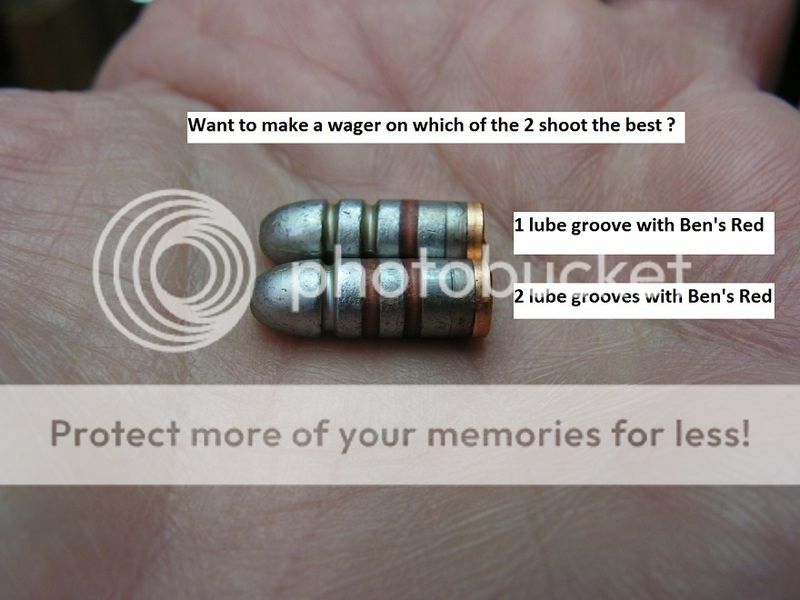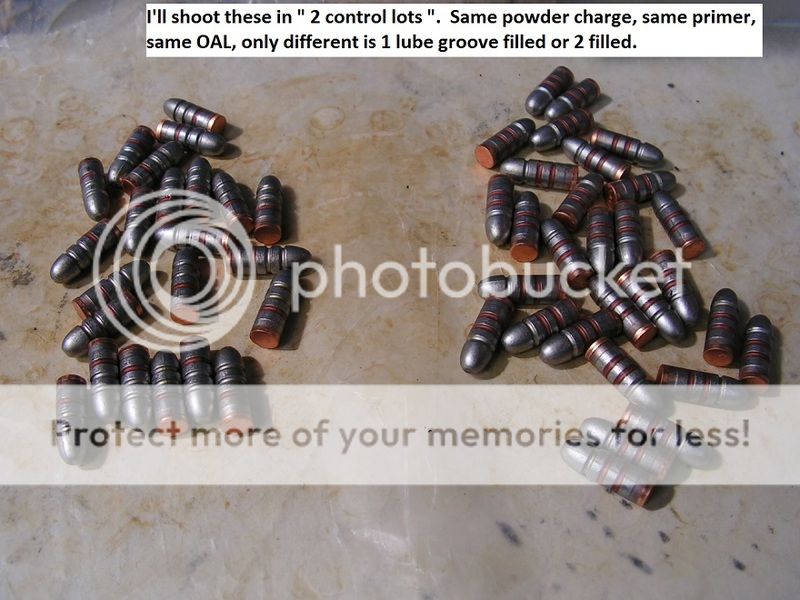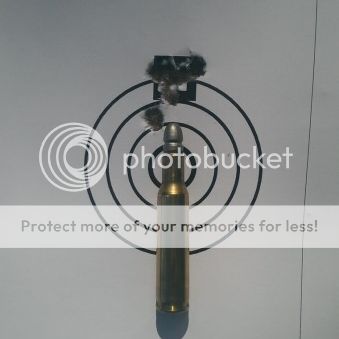For the past couple of days, I've been turning necks on my .222 cases.
I checked the neck thicknesses on several Remington factory cases with my tubing mike and found that they were averaging about .011 ".
I set my Hornady neck turning tool to .011" and started to work.
I want to shoot this " lot " of brass against other cases that ARE NOT neck turned with a proven accurate load in both so that the only variable in the test is .....neck turned or not neck turned.
Stay tuned.................

I checked the neck thicknesses on several Remington factory cases with my tubing mike and found that they were averaging about .011 ".
I set my Hornady neck turning tool to .011" and started to work.
I want to shoot this " lot " of brass against other cases that ARE NOT neck turned with a proven accurate load in both so that the only variable in the test is .....neck turned or not neck turned.
Stay tuned.................

Last edited:



